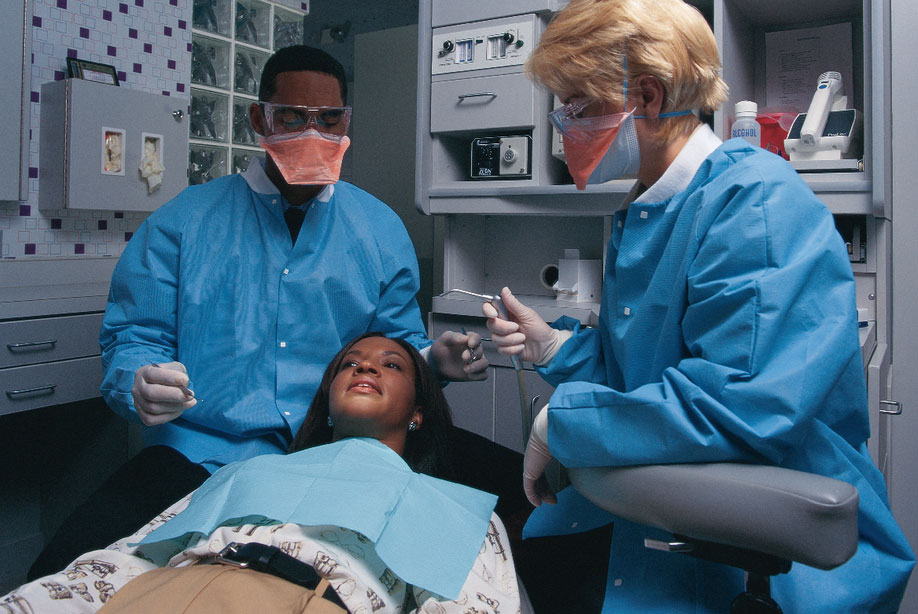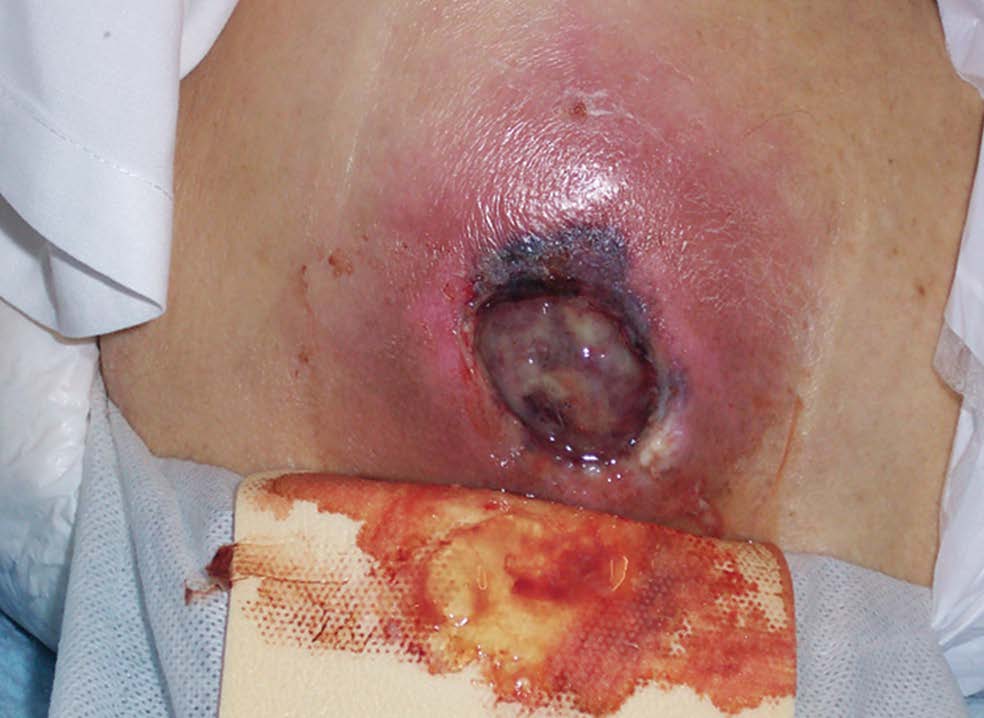When someone has to do something they’re not looking forward to, that task is sometimes compared to a trip to the dentist. Like most expressions, there’s a reason for that. Aside from being an event many don’t enjoy, a dental visit can also be a cause of significant anxiety for people.
The anxiety patients feel is most likely focused around what is happening in their mouth, but there are other concerns and even risks present for the patient, dentist and dental hygienist during a dental procedure, especially around infection prevention and eye safety. According to the British Dental Journal, 12 percent of iatrogenic injuries experienced at the dentist affected the eye.
Take Jenn Morrone’s story. While at a routine appointment in 2013, the dentist accidentally dropped a needle infected with streptococcus bacteria into her eye. This could have been prevented had the dentist followed protocol and had Jenn wear safety glasses. Unfortunately, the failure to do so resulted in Jenn permanently losing sight in her right eye.
The Centers for Disease Control and Prevention (CDC) and the Occupational Safety and Health Administration (OSHA) both have clear guidelines about eye and face protection at the dentist in order to prevent patient or practitioner injury and maximize infection prevention.
Here are some reasons eye protection is so important at the dentist, and what dentists can do to keep themselves, their staff and patients protected.
- Have a plan: The first recommendation from the CDC regarding safe infection prevention practices in dental settings is to develop and maintain infection prevention and occupational health programs. Once in place, have one person trained and responsible for ongoing coordination of the program.
- Train staff: Once you determine a policy, make sure it’s codified in writing and that you train all relevant staff on the policy at the time of their hiring as well as offer regular refreshers, ideally annually. This should include those employed by outside agencies who work on a contract basis, as well as any volunteers who may be at your facility. The training should include principles of both practitioner and patient safety.
- Follow standard precautions: The CDC sets out clear precautions, including:
- Practicing proper hand hygiene
- Using appropriate personal protective equipment (PPE), such as gloves, masks and eyewear
- Practicing sharps safety, such as aseptic technique for parenteral medications
- Keeping equipment and devices sterile
- Have the right equipment: In their 2003 guidelines, the CDC recommends that dental practitioners wear a surgical mask that covers both the nose and mouth, as well as protective eyewear with solid side shields during patient care that is likely to generate splashes of blood or other bodily fluid. The same guidelines indicate that protective eyewear should be worn by patients to protect their eyes from spatter or debris.
- Use PPE properly: It’s not enough to have the proper PPE. You need to ensure that staff knows what to select, how to correctly don and doff, and to make sure they remove the PPE before leaving the work area.
- Empower patients and staff: Make it a habit to offer your patients protective eyewear. Proactively handing them out not only protects them but also builds a greater level of trust and lets them know you’re looking out for their best interests.
By following these tips, dental practitioners put in place an infection prevention program that makes the dental visit safer for themselves, their staff and, most importantly, their patients.








